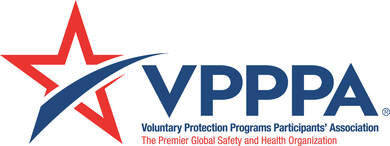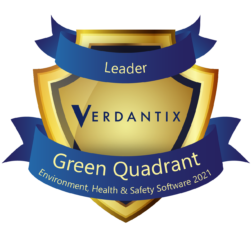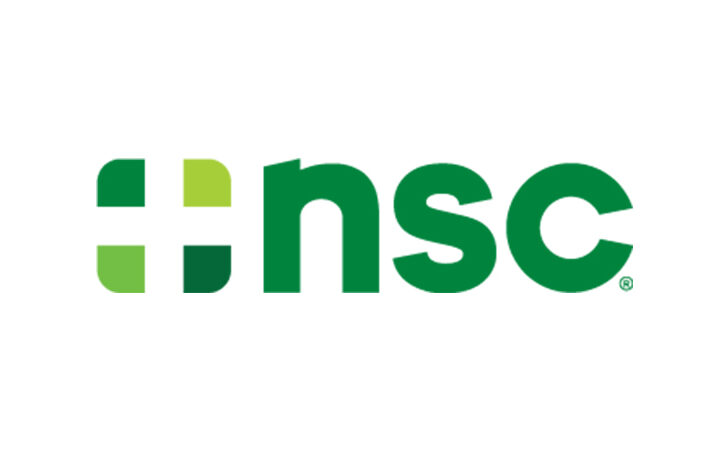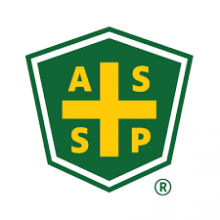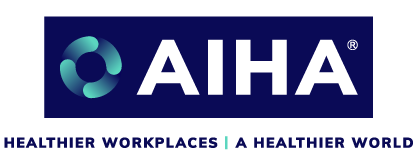What is WHMIS?
First implemented in 1988, the Workplace Hazardous Materials Information System (WHMIS) is Canada's national hazard communication standard. It provides a comprehensive system for communicating health and safety information on hazardous products intended for use, handling, or storage in Canadian workplaces.
The major components of WHMIS include:
- Hazard identification and product classification
- Labeling of hazardous products
- Provision of safety data sheets (SDSs)
- Worker education and training
On February 11, 2015, Health Canada published revisions to the Hazardous Products Regulations (HPR), introducing the first significant updates to the WHMIS standard since 1988. The revised standard, known as WHMIS 2015, creates a host of new compliance requirements for chemical suppliers, importers, distributors and employers similar to OSHA's GHS-aligned HazCom 2012 requirements in the United States.
Non-Compliance is Costly
WHMIS is enforced by the Labour Branch of Human Resources Development Canada for federal workplaces, and by the provincial or territorial agencies responsible for occupational health and safety for most other workplaces.
Violations of the WHMIS standard can result in fines of up to $1,000,000 and two years' imprisonment. Similar fines and prison terms may also be handed out at the provincial level, and can even lead to seizure of products and stop work orders.
How VelocityEHS Can Help
VelocityEHS Chemical Management is the world's most popular solution for managing SDSs, chemicals and GHS aligned best-practices. With millions of SDSs and tools for easy generation of GHS styled labels and RTK access for employees, VelocityEHS puts decades of hazcom expertise at your fingertips. Additionally, VelocityEHS makes it easy to comply with Canada's rigorous SDS updating rules, and gives your people the ability to request SDSs with a click of a button.
WHMIS is part of our Chemical Management Solution. To see the full set of features, click here.
| Features | Included |
|---|---|
| Detailed container management & tracking |
|
| Industry's best SDS database |
|
| Automated cross-reference of EHS chemicals |
|
| Flagging of chemical exceeding reporting thresholds |
|
| Generate submittable Tier II Form |
|
| Map storage location of hazardous chemicals |
|
| Share chemical information directly with first responders |
WHMIS Labels and SDSs
When hazardous products enter the workplace, they must be marked with supplier labels and accompanied by safety data sheets. WHMIS requires these labels, as well as the corresponding SDS, to contain both English and French language translations. Employers are responsible for making sure that hazardous products are accompanied by a supplier label, and for preparing and applying workplace labels when appropriate.
Supplier Labels
Supplier labels are provided or affixed by the supplier, and must appear on all hazardous products received at the workplace. Supplier labels must include the following information: (WHMIS provides exceptions for containers of certain sizes and uses)
- Product identifier - the brand name, chemical name, common name, generic name or trade name of the hazardous product.
- Initial supplier identifier - the name, address and telephone number of either the Canadian manufacturer or the Canadian importer
- Pictogram(s) – hazard symbol within a red "square set on one of its points"
- Signal word – a word used to alert the reader to a potential hazard and to indicate the severity of the hazard.
- Hazard statement(s) – standardized phrases which describe the nature of the hazard posed by a hazardous product.
- Precautionary statement(s) – standardized phrases that describe measures to be taken to minimize or prevent adverse effects resulting from exposure to a hazardous product or resulting from improper handling or storage of a hazardous product.
- Supplemental label information – includes precautionary actions, hazards not yet included in the GHS, physical state, route of exposure, etc. This information must not contradict or detract from the standardized information.
Workplace Labels
A workplace label is required when:
- a hazardous product is produced (made) at the workplace and used in that workplace,
- a hazardous product is decanted (e.g., transferred or poured) into another container, or
- a supplier label becomes lost or illegible (unreadable).
Workplace labels must contain the following information:
- Product name (matching the SDS product name)
- Safe handling precautions (may include pictograms or other supplier label information)
- A reference to the SDS (if available)
Workplace label requirements fall under provincial or territorial jurisdiction, or under the Canada Labour Code if you work in a federally regulated workplace. Be aware of changes to these requirements as the WHMIS regulations in your jurisdiction are updated.
SDSs
Safety data sheets (SDSs) are integral to communicating product safety information and ensuring worker protection. For that reason, suppliers must provide SDSs to customers at or before the time of sale of every substance classified as a hazardous product. Employers must then make the SDSs available to workers in the workplace in such a way that they are easily accessible, and where workers can study the information.
WHMIS 2015 has introduced significant changes to the formatting and information that must be contained within the SDS. With GHS adoption, WHMIS 2015 now requires a 16-section format. No section may be left blank (for instance, not available or not applicable must be designated by something other than N/A). The 16 sections are as follows:
- Product identification
- Hazard identification
- Composition/Information on ingredients
- First-aid measures
- Fire-fighting measures
- Accidental release measures
- Handling and storage
- Exposure Controls/Personal Protection
- Physical and chemical properties
- Stability and reactivity
- Toxicological information
- Ecological information*
- Disposal considerations*
- Transport information*
- Regulatory information*
- Other information
*Sections 12-15 require the headings to be present, but under Canadian regulations, the supplier has the option to not provide information in these sections
WHMIS To-Do List
Under the provisions of the Hazardous Products Act (HPA) and Health Canada's Hazardous Products Regulations (HPR), suppliers, employers and workers each have specific responsibilities.
Suppliers
Suppliers must ensure the appropriate classification of hazardous products. This classification is determined based on comparison of all available hazard data for the ingredients or mixture with the WHMIS requirements as outlined in the Hazardous Products Regulations (WHMIS 2015).
When a product is considered to be hazardous, the supplier must label the product or container and provide a safety data sheet (SDS) to customers. The purpose of the label is to clearly identify the product and provide important supplier information, hazards and precautionary measures. The SDS provides more comprehensive information about that product.
Employers
As an employer, your responsibilities may include:
- Maintain an accurate and up-to-date chemical inventory including identities and amounts of hazardous products
- Document how hazardous products are used, handled, or stored in the workplace.
- Identify the hazards associated with the use, storage, handling, and disposal of the hazardous products.
- Ensure that WHMIS requirements regarding labels and safety data sheets (SDSs) are met.
- Provide workers with easy access to information, including SDSs.
- Develop labels and SDSs for hazardous products in compliance with WHMIS requirements.
- Identify workers who may be exposed to hazardous products.
- Educate and train workers who may be exposed.
- Develop procedures for safe use, handling, storage, and disposal of hazardous products, including emergency response measures.
- Update SDSs and labels when significant new data is obtained from the supplier, and re-train workers.
- Monitor the implementation and effectiveness of the program.
Workers
As a worker, your responsibilities may include:
- Participate in WHMIS education and training.
- Follow all instructions and safe work procedures.
- Be familiar with the hazardous products you are handling or to which you may be exposed. Do not use a product unless you have been trained in safe work procedures.
- Ensure that labels are in good condition. Do not use products without labels.
- Know how to access the SDSs, and understand the information on the SDS.
- Ask for help if you have questions.
- Report any concerns.
8 Key Steps to Implementing WHMIS in the Workplace
- Assign individuals responsible for WHMIS implementation
- Inventory all hazardous products, including quantities and storage locations
- Ensure WHMIS labeling and SDS requirements are met
- Identify and evaluate hazards of controlled products
- Establish workplace hazard controls
- Establish emergency procedures
- Provide worker education and training
- Evaluate WHMIS program performance and update
Alabama
Alaska
Arizona
Arkansas
California
Colorado
Connecticut
Delaware
District Of Columbia
Florida
Georgia
Hawaii
Idaho
Illinois
Indiana
Iowa
Kansas
Kentucky
Louisiana
Maine
Maryland
Massachusetts
Michigan
Minnesota
Mississippi
Missouri
Montana
Nebraska

